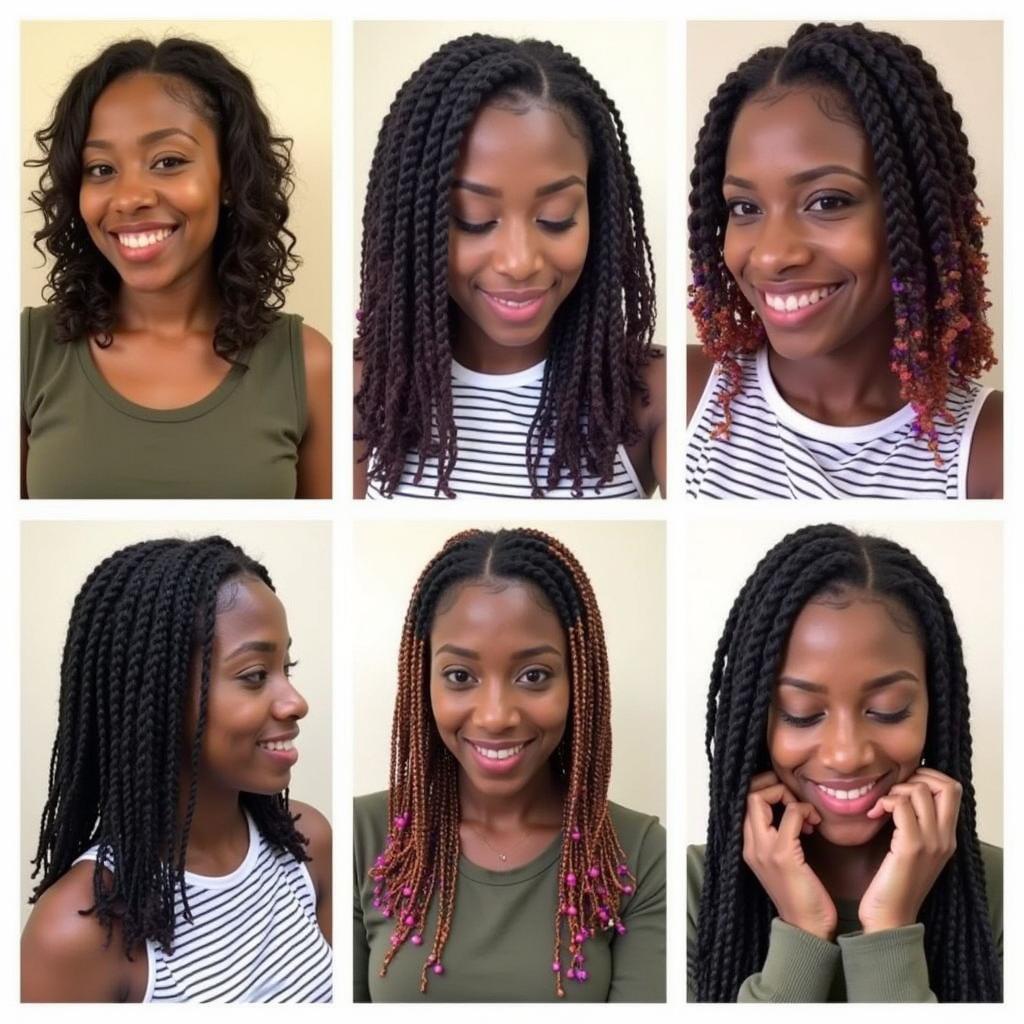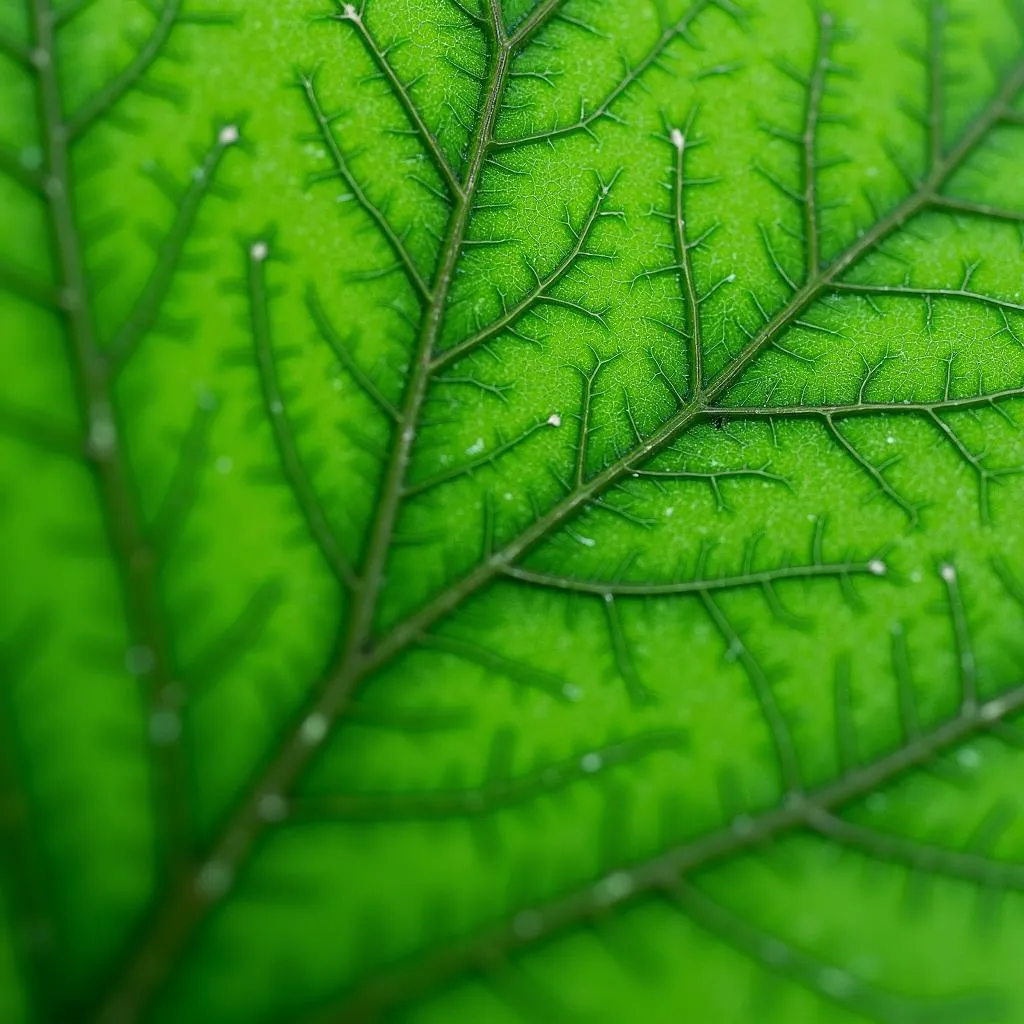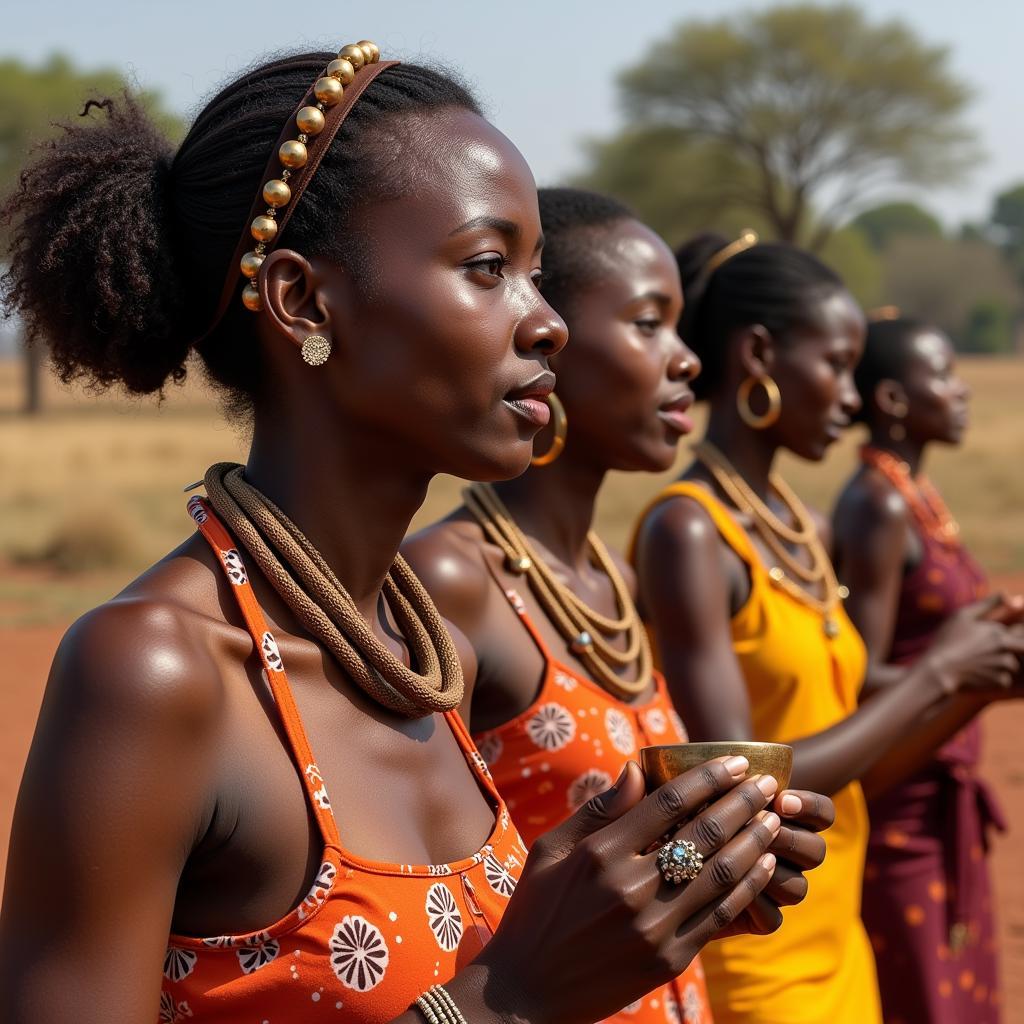A Deep Dive into African Body Modification: Tradition, Rituals and Modern Meanings
African Body Modification is a vast and fascinating subject, encompassing a wide range of practices with deep cultural and historical significance. From scarification and tattoos to lip plates and neck rings, these forms of body adornment have been practiced for centuries across the African continent, serving as powerful expressions of identity, status, and cultural beliefs.
The Significance of Body Modification in Africa
Unlike many Western societies where body modification is often seen as a personal choice or fashion statement, in many African cultures, these practices hold profound cultural and societal weight. They can signify:
- Ethnic Identity: Specific scarification patterns or body modifications often identify individuals as belonging to a particular tribe or ethnic group. This visual marker helps distinguish communities and reinforces a sense of belonging.
- Social Status: Some forms of body modification, like lip plates among the Mursi people of Ethiopia, may indicate social standing or prestige. The larger the plate, the higher the woman’s social standing, often correlating to her family’s wealth or influence.
- Life Stages: Certain modifications might mark the transition between life stages. For instance, scarification rituals in some cultures are performed during puberty, signifying the transition to adulthood.
- Spiritual Connection: In some communities, body modification is believed to connect individuals to their ancestors or deities. Specific patterns might hold spiritual significance, serving as protective talismans or symbols of religious devotion.
Different Types of African Body Modification
The diversity of African cultures is reflected in the array of body modification practices found across the continent. Some of the most well-known include:
- Scarification: This involves intentionally creating scars on the skin to form patterns or designs. It’s one of the oldest and most widespread forms of body modification in Africa, often performed using sharp objects like knives or thorns. african cicatrization explores the healing process and artistic skill involved in this intricate practice.
- Tattoos: Using ink or other pigments to create permanent designs on the skin, tattoos hold different meanings across various African cultures. In some communities, they are purely decorative, while in others, they might denote lineage, social status, or spiritual beliefs.
- Lip Plates: Most famously practiced by the Mursi and Suri women of Ethiopia, lip plates involve stretching the lower lip over time using progressively larger discs, usually made of clay or wood.
- Neck Rings: Worn by women in certain cultures, neck rings (or neck coils) consist of metal rings placed around the neck, creating the illusion of an elongated neck. The number of rings can signify age, status, or wealth.
- Teeth Sharpening: In some African cultures, teeth are deliberately chipped or filed into sharp points. This practice, though less common today, historically denoted cultural ideals of beauty or strength.
African Body Modification in the Modern Era
While many traditional forms of African body modification continue to be practiced, their prevalence and meanings are evolving in the face of globalization and societal shifts.
- Cultural Revival: There’s a growing movement among some African youth to reclaim and celebrate their cultural heritage, including traditional body modifications. This resurgence is seen as a way to connect with their roots and challenge Western beauty standards.
- Tourism and Commodification: Sadly, some forms of African body modification have become attractions for tourists, sometimes leading to the exploitation of communities and the misrepresentation of these sacred practices.
- Health Concerns: With the rise of modern medicine, some of the more extreme forms of body modification are being scrutinized for potential health risks. This has led to debate and discussion about preserving tradition while prioritizing health and safety.
The Future of African Body Modification
As Africa continues to navigate its place in a globalized world, the practices of body modification will likely continue to evolve. Whether embraced for their cultural significance, adapted to suit modern sensibilities, or challenged for potential health risks, these practices offer a fascinating window into the rich tapestry of African culture and identity.
Expert Insight:
“Body modification in Africa is not merely about aesthetics; it’s about writing your story on your skin, connecting with your ancestors, and showcasing your place in the community,” says Dr. Abena Oduro, a cultural anthropologist specializing in African traditions.
FAQs about African Body Modification
1. Are all forms of African body modification painful?
The level of pain varies depending on the specific practice and individual pain tolerance. While some modifications involve discomfort, many communities have developed traditional methods to manage pain and ensure proper healing.
2. Are women the only ones who practice body modification in Africa?
While some practices, like lip plates and neck rings, are predominantly associated with women, men also engage in various forms of body modification, including scarification, tattoos, and teeth sharpening.
3. Is it appropriate to get African-inspired tattoos or body modifications if you are not of African descent?
This is a complex question with no easy answer. It’s crucial to approach cultural appropriation with sensitivity and respect. Before considering any permanent body art inspired by another culture, thorough research, understanding the significance behind the design, and engaging with people from that culture is essential.
Exploring Further
For those interested in delving deeper into the fascinating world of African body modification, these resources offer valuable insights:
- african huge nipple: This article explores the cultural significance and symbolism associated with breast size and adornment in certain African societies.
- african american rhinoplasty recovery: While not directly related to traditional African practices, this piece addresses the complexities of body image and cosmetic procedures within the African American community.
- african grey broken wing feather: Though focused on a specific bird species, this article touches upon the symbolism and cultural importance of animals in African traditions, which often intertwines with body adornment practices.
This exploration merely scratches the surface of the vast and multifaceted world of African body modification. Continued learning and respectful engagement with different cultures are vital to appreciate the depth and richness of these traditions. If you need any assistance or have questions, feel free to contact us at +255768904061, email us at kaka.mag@gmail.com, or visit us in Mbarali DC Mawindi, Kangaga, Tanzania. Our customer service team is available 24/7 to assist you.



